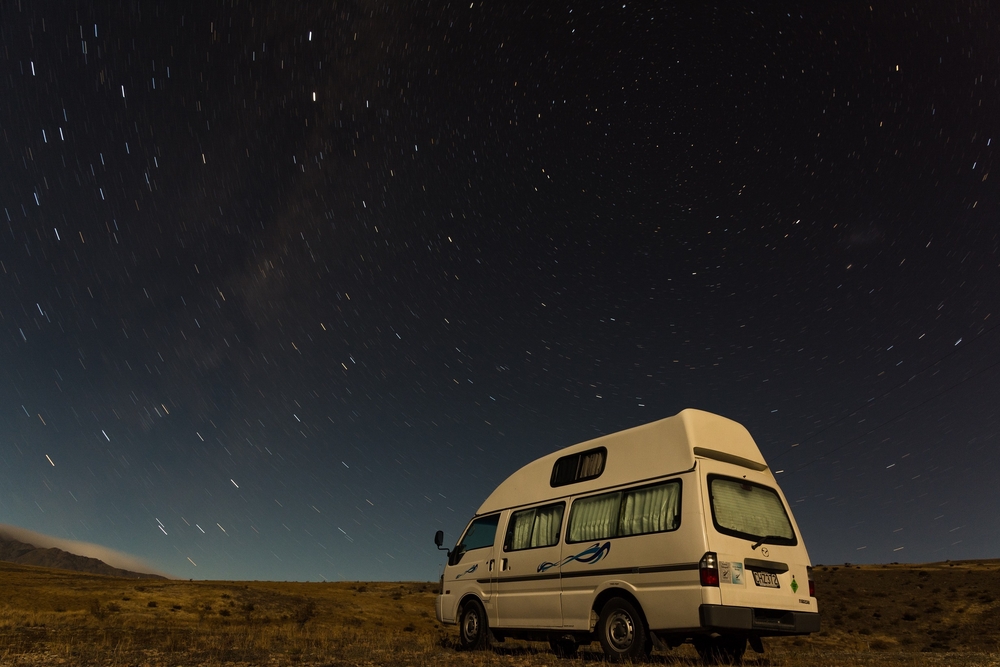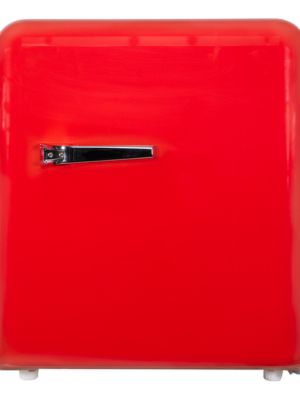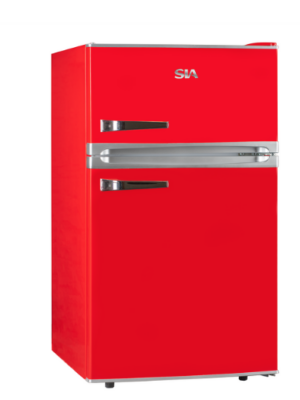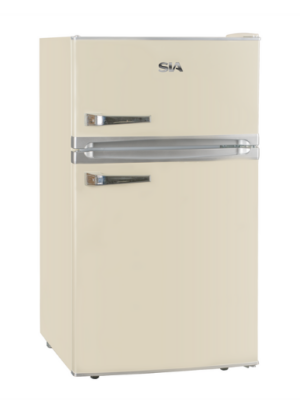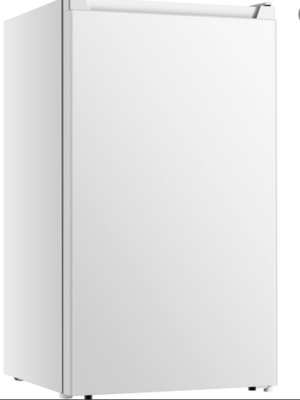Planning a family excursion or fancy going off-grid in the highlands? Still can’t get your head around the logistics? We’re here to help. Living the campervan or RV dream demands energy-efficient magic. The magic in question is a fully functional, cool-as-you-like, 12V fridge. Keeping your food and drink fresh for new adventures is a must in this day and age. Embrace the road with style, sophistication, and sustainability, and let your culinary adventures flourish.
Installing a 12V fridge may seem daunting, but with a step-by-step guide and a bit of preparation, you can safely and efficiently get your fridge situation sorted. Here’s how to install a 12V fridge in your campervan or RV, covering the electrical connections, ventilation, and safety measures needed to get firing on all cylinders.
Preparation: Planning Your Installation
Setting up a 12V fridge begins with thoughtful preparation, ensuring a smooth and efficient installation experience. Proper planning not only saves time but also avoids potential issues down the road, giving you peace of mind and an optimally functioning setup.
Selecting the Perfect Spot
- Accessibility: Place the fridge in an easy-to-reach location for added convenience, especially during frequent use on long trips.
- Ventilation: Adequate airflow is essential to prevent overheating. Ensure there’s sufficient space around the fridge, adhering to the manufacturer’s clearance guidelines. Consider adding ventilation grilles or small fans for enhanced airflow in enclosed spaces.
- Stability: Choose a level, sturdy surface to ensure the fridge remains secure, even on bumpy roads. Use mounting brackets, a custom frame, or anti-slip mats to keep it firmly in place, minimising vibrations and potential damage during travel.
Gathering Essential Tools and Materials
Prepare the following items to make your installation seamless and stress-free:
- 12V Fridge: Choose a model that suits your space and energy requirements.
- 12V Wiring Kit: Includes fuse, connectors, and durable wires suitable for your fridge’s power needs.
- Multimeter: Essential for testing voltage and ensuring proper connections.
- Crimping Tool, Wire Stripper, and Electrical Tape: For secure, clean wiring.
- Drill, Screws, and Cable Ties: Handy for securing wires and stabilising the fridge.
- Ventilation Panels or Grilles: Promote airflow to prevent the fridge from overheating, particularly in tight spaces.
Taking the time to plan and gather everything ensures a hassle-free installation process, setting the stage for reliable performance.
Setting Up Your Electrical System
A proper electrical setup is crucial to ensure your 12V fridge operates efficiently, safely, and without causing unnecessary energy drain.
Battery Check and Circuit Setup
- Battery Capacity: Verify your battery can handle the fridge’s energy needs. Most 12V fridges require 30–60Ah daily. A deep-cycle battery is recommended.
- Dedicated Circuit: Create a separate circuit to power the fridge. This prevents overloading other appliances.
Pro Tip: Use 12AWG or 10AWG wires to minimise voltage drop, especially if the fridge is far from the battery.
Installing a Fuse and Testing Voltage
- Add an in-line fuse near the battery to protect the system from surges. Check manufacturer guidelines for the appropriate fuse size (10–15 amps).
- Use a multimeter to confirm the circuit delivers 12–14V.
Checklist: Preparing the Circuit
- Measure wire lengths carefully to reduce waste.
- Secure wires neatly with cable ties.
- Label connections for future maintenance.
Wiring and Connecting the Fridge
Once your electrical system is set, it’s time to wire the fridge properly to ensure a reliable connection, efficient operation, and long-lasting performance.
Making the Connections
- Identify Terminals: Locate the positive and negative terminals on both the fridge and the wiring kit. Correct identification ensures correct connections and avoids damaging the system.
- Secure Attachments: Attach wires securely using crimp connectors or screw terminals. Ensure all connections are tight to minimise the risk of loose wiring, which can cause intermittent power loss.
- Safety First: Cover any exposed wires with electrical tape or heat-shrink tubing for added protection against short circuits and accidental contact. Route the wires neatly to avoid tangling or accidental damage during use.
Testing the Setup
- Initial Power-On: Power on the fridge and check that it runs smoothly.
- Voltage Check: Use a multimeter to measure the voltage at the terminals and confirm that it matches the manufacturer’s recommended range.
- Monitor Performance: Listen for unusual noises, check for excessive heat around the wiring, and ensure the fridge is cooling effectively. Address any irregularities promptly to prevent future issues.
Taking the time to double-check connections and test the system ensures a safe and efficient setup, reducing the chances of future malfunctions.
Ensuring Ventilation and Stability
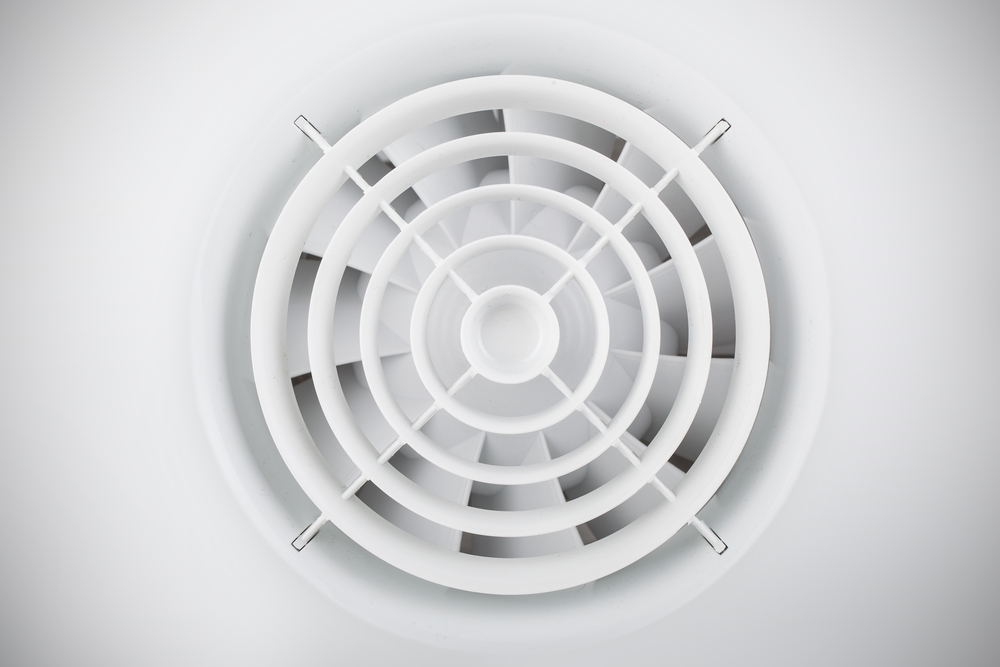
A well-ventilated and stable fridge setup is crucial to maximise energy efficiency, maintain consistent cooling performance, prevent overheating, and prolong the lifespan of your 12V fridge during extended use.
Optimising Ventilation
- Install specialised ventilation panels or grilles if your fridge is placed in an enclosed or confined space to ensure proper airflow.
- In warmer climates or during heavy use, consider adding small, quiet fans to enhance airflow and prevent overheating, especially in high-demand conditions.
Securing the Fridge
- Use sturdy mounting brackets specifically designed for your fridge model to keep it securely in place, even on uneven terrain.
- Additionally, place anti-slip mats or padding underneath the fridge to reduce vibrations and minimise movement during travel for added safety and longevity.
Ventilation and Stability Essentials
- Check ventilation areas regularly for blockages such as dust, dirt, or debris that may obstruct airflow.
- Test the fridge’s stability by simulating driving vibrations, ensuring all mounts and supports are securely tightened to avoid potential damage.
Managing Energy Efficiency

Keeping your fridge energy-efficient is essential for long trips, helping to conserve battery life, reduce overall energy consumption, and maintain consistent cooling performance throughout your journey, regardless of external conditions.
Temperature and Seal Management
- Set the fridge to the lowest effective temperature to conserve power without compromising food safety.
- Inspect door seals frequently for wear or damage to prevent cold air from escaping and warm air from seeping in, which could strain the fridge’s compressor.
Exploring Renewable Energy Options
- Solar panels are an excellent way to supplement your battery, reducing reliance on your vehicle’s engine for charging and offering a sustainable energy source.
- Invest in a reliable battery monitor to track energy consumption accurately and identify areas for improvement.
Pro Tip: Pack your fridge strategically. A fully stocked fridge retains cool air much better than a partially filled one, minimising energy use. Use ice packs to fill empty spaces if needed.
Maintenance, Troubleshooting, and Common Pitfalls
Maintaining your fridge ensures it stays in top condition throughout your adventures, increasing its shelf life dramatically.
Regular Maintenance Tasks
- Clean the coils and fans periodically to improve efficiency.
- Inspect wiring for damage or wear.
- Monitor battery health to prevent sudden power losses.
Avoiding Common Mistakes
- Neglecting Ventilation: Poor airflow can lead to overheating and inefficiency.
- Using Incorrect Wiring: Thin wires can cause voltage drops and may damage your fridge.
- Skipping Secure Mounting: An unsecured fridge can shift during travel, risking damage or injury.
Why Choose Inlander Low Voltage for Your 12V Fridge?
At Inlander Low Voltage, we’ve mastered the art of 12-volt products over 30 years. Our range features energy-savvy fridges from beloved brands like Swan and Fridgemaster. Each appliance is crafted for the adventurous spirit of campervan and RV living. Committed to quality, we ensure personalised support for you. From small units to larder fridges, we have your refrigeration needs covered.
Let us help you maximise your off-grid escapades and get your fridge situation sorted.
12V Fridge Installation: Cool as You Like
Transforming your campervan or RV with a 12V fridge or freezer has never been breezier. Armed with proper tools and some preparation, you’re set for success. Follow these steps to enjoy reliable, energy-efficient cooling during your adventures. Pay attention to the details and ensure regular maintenance; longevity is the key to a successful installation. Embrace the journey ahead with your new cooling companion.
Ready to upgrade your campervan or RV with a 12V fridge? Contact Inlander Low Voltage today for high-performance fridges and expert installation tips to keep your adventures cool!

